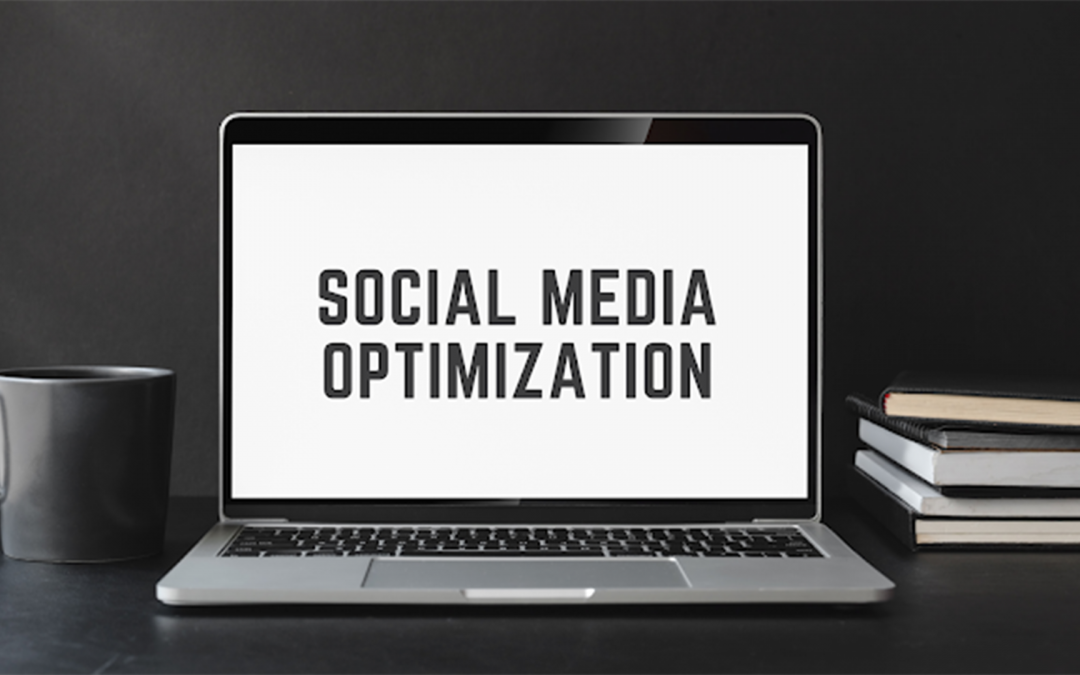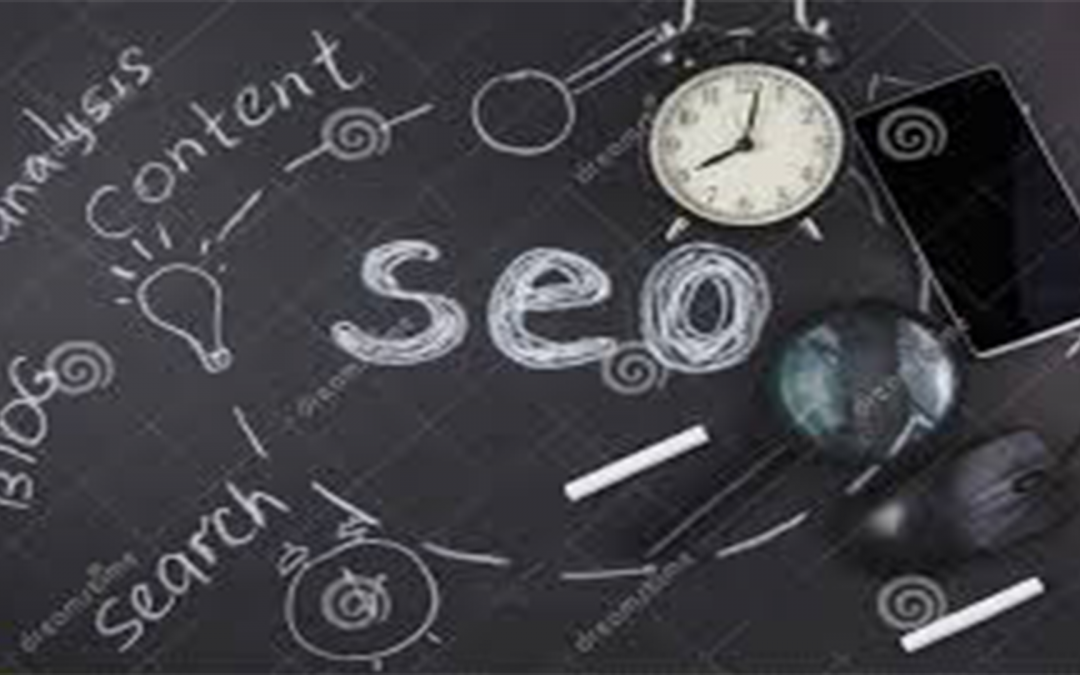
Conversion Rate Optimization
-What is a conversion rate optimization?
A conversion rate is the percentage of visitors who complete a desired action (in other words, convert). For instance, a desired action may be completing a web form, signing up for a service, or purchasing a product.
Conversion rate is calculated by dividing your number of conversions by your number of visitors and multiplying that number by 100 to get the percentage.
Conversion rate optimization, or CRO, is the process of enhancing your website and content to boost conversions. A high conversion rate means your website is well-designed, formatted effectively, and appealing to your target audience.
The process of optimizing for conversions allows you to boost your number of highly-qualified leads, increase revenue, lower acquisition costs, obtain greater value from your current leads and customers, and, simply, grow better.
Conversions can happen all over your website (e.g. homepage, pricing page, blog, landing pages, etc.). As a business, you want your website to be designed in a way that converts website visitors into paying customers. With so much potential throughout these areas of your website, you must optimize each location to allow for conversions.
-The Biggest Benefit of Conversion Rate Optimization
Let’s look at the impact from having a better conversion rate.
For our fictional business, we’ll say that the company is selling just one product worth $300.
In our first calculation, we came up with a conversion rate of just 3 percent. Three thousand people bought the product.That sounds great. But what if we boosted that conversion rate to our second equation, which quantified conversions at 10 percent?
Conversion rate optimization really comes down to one major benefit.
You’ll get more customers from the same amount of traffic.
This has a huge impact on most businesses.
You probably have a monthly marketing budget that you use to maintain your traffic volume. Maybe it’s in paid marketing, maybe it’s in content or social. Either way, traffic costs money.
Conversion optimization, after it’s live, gives you more customers from the same amount of money.
In turn, you’ll see several great changes in your business:
The acquisition cost per customer will come down. When your marketing budget stays the same and you get more customers, each customer costs less to acquire.
Your profit per customer goes up.
With more profit every month, you can invest more to grow your business faster or take more profit out of your business.
Spending a few weeks or months on conversion optimization can unlock the next step in your business.
-Building an Effective Conversion Optimization Strategy:
Let’s look at the list of metrics above. You need to know your starting metrics a baseline, if you will so you’ll know whether your CRO methods actually work.
You can get lots of information for free via Google Analytics.
For instance, let’s say you want to start by focusing on bounce rate and time on page. Other metrics that might influence those numbers could include page load time and UX.
Start with a strategy that looks something like this:
- Condense all images to the smallest size possible
- Improve top-level navigation and add breadcrumbs
- Sprinkle internal links through every page to encourage click-throughs
- Use big subheads on pages with lots of content to keep people reading
- Add unique CTAs to every page
This is a good starting strategy. Test every one of them using both A/B testing and multivariate testing to see how you come out, then repeat the process.




0 Comments